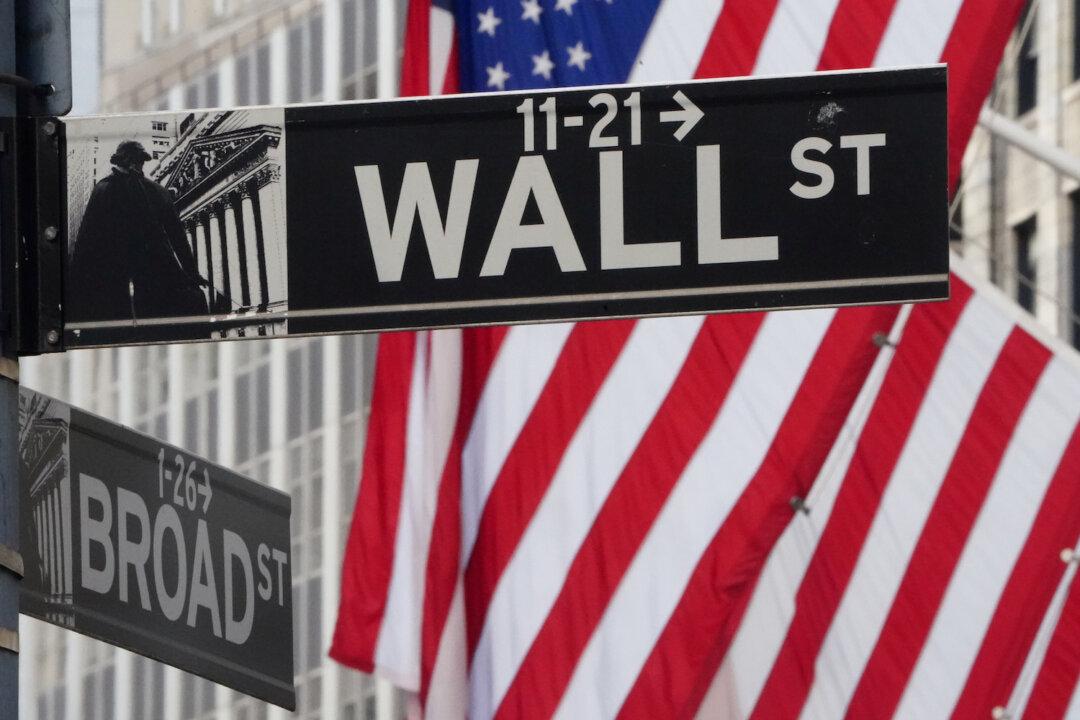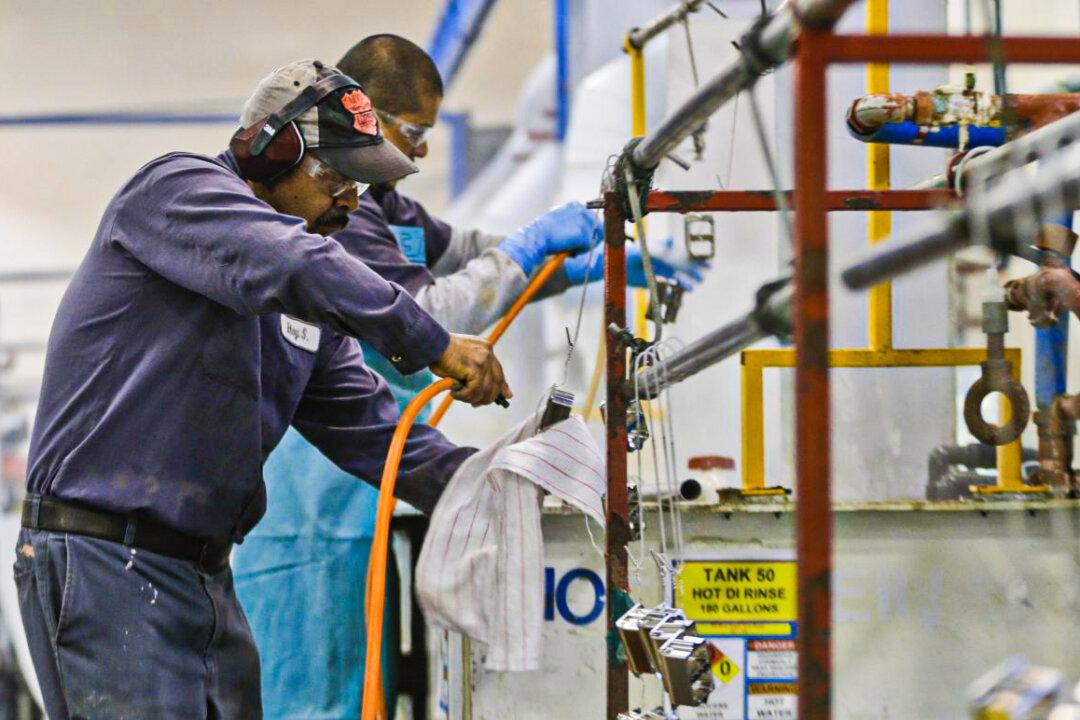Commentary
There are many recent anecdotes about new stock market participants having fun, playing with their money, while sitting at home during the lockdown, thinking they somehow have better insight than the scores of people who are paid hundreds of thousands of dollars a year to publish their very best thinking for thousands of clients.





